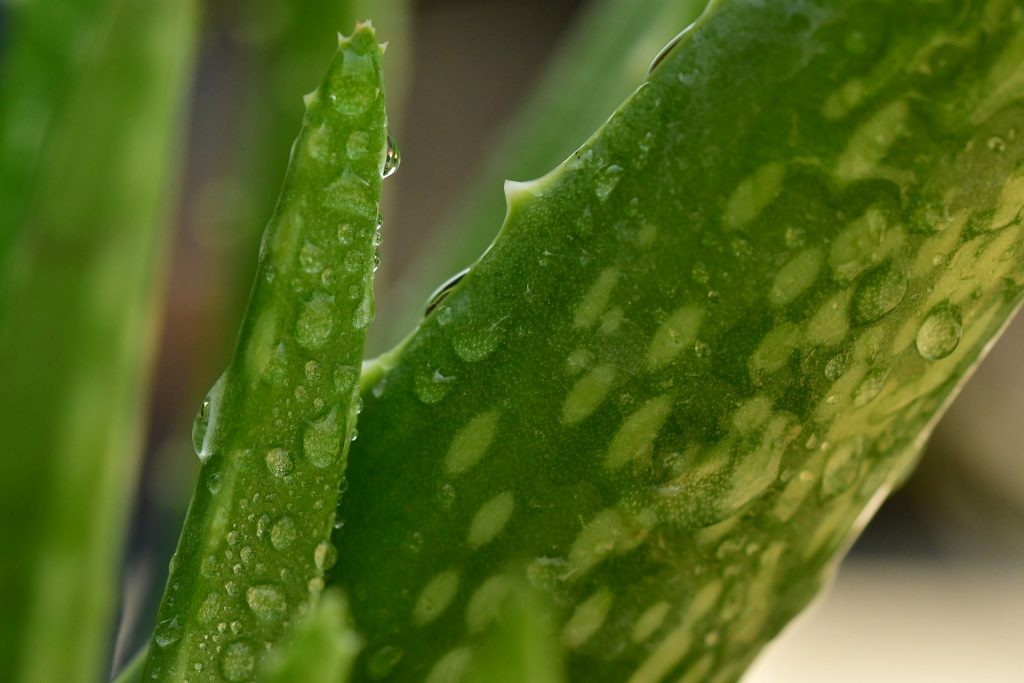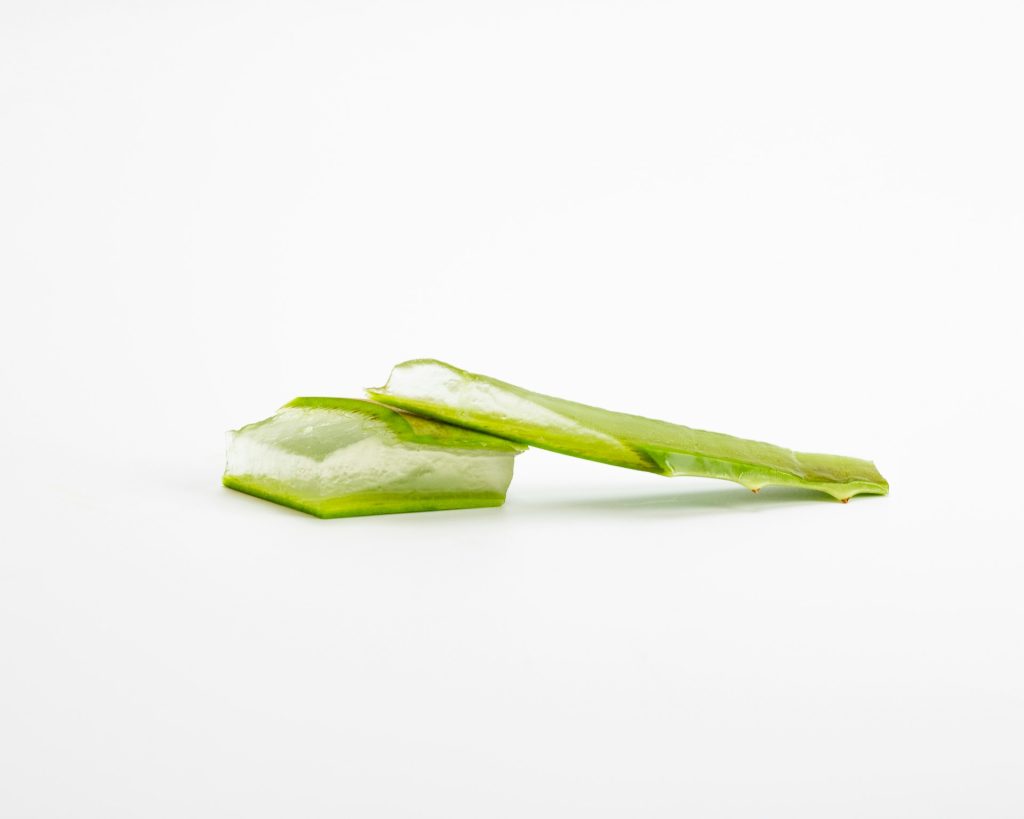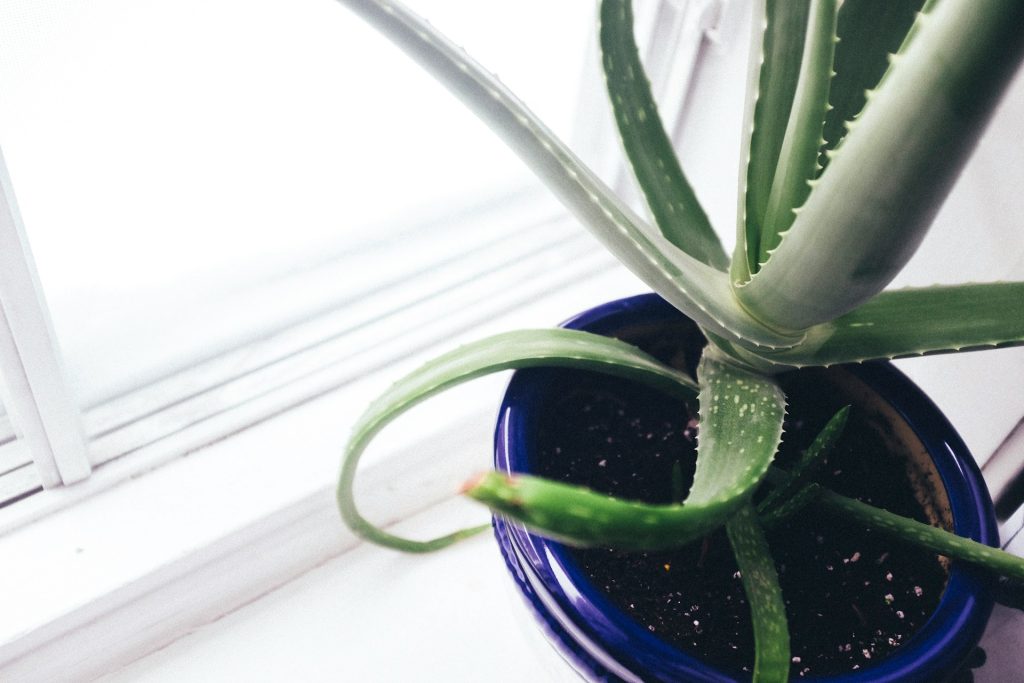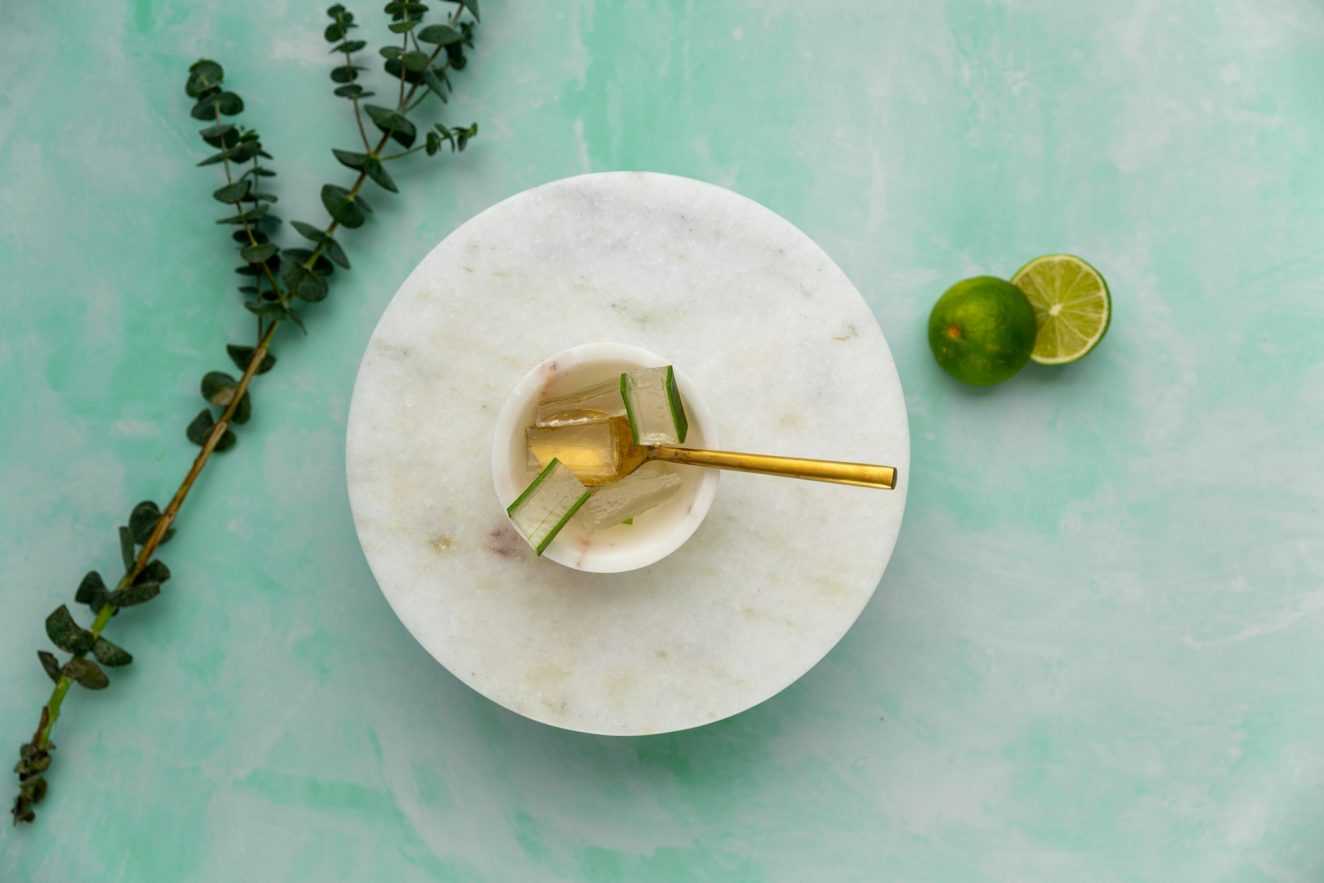Some short, some spiky, and all absolutely gorgeous, Aloe Veras come in all shapes and sizes! But the basics of Aloe Vera plant care remain consistent across the genus. While some varieties may require a bit more light or water, they all thrive in well-draining soil. Want to dive deeper? Read on to discover top Aloe Vera plant care tips, how to nurture them, and how they can take care of you!

What Makes an Aloe Vera Plant Special?
Aloe Vera has been treasured throughout history for both practical and aesthetic reasons. Its bright green, fleshy, pointed leaves sprout from its center, lending a fresh, minimalist look to any space. These leaves, flecked with pale green and adorned with delicately serrated edges, can grow up to 60 cm high and 30 cm wide with proper care.
Known as the “first-aid plant,” Aloe Vera’s cool, gel-like sap inside its leaves is renowned for soothing skin irritations, sunburns, scalds, and insect bites. Native to hot, arid regions, Aloe Veras store water in their succulent leaves, making them low-maintenance plants that don’t require frequent watering—ideal for both novice and experienced plant caretakers.
How to Care for an Aloe Vera: An Aloe Vera Plant Care Manual
Watering
Understanding the watering needs of Aloe Veras is crucial. These succulents can survive long periods without water, and the key to great Aloe Vera plant care is to avoid overwatering. Aloe Veras are more at risk from overwatering than underwatering. During hot summer months, water your Aloe Vera only when the top 2 centimeters of soil are dry. In winter, you might not need to water at all, unless your indoor heating makes the air too warm and dry.
Monitor your Aloe Vera’s leaves for signs of water needs. Limp or wrinkled leaves indicate that your plant is thirsty, but avoid saturating the soil. Instead, water little and often, allowing the plant to absorb moisture slowly without risking root rot. Overwatering can cause the leaves to turn yellow.
Drainage
Preventing root rot is a significant aspect of Aloe Vera plant care. Ensure proper drainage by using an unglazed terracotta pot, which allows soil to dry out between watering. Use houseplant compost or a mix of 2 parts multi-purpose compost with 1 part grit or perlite to facilitate good drainage. Always empty the dish under the plant 20 minutes after watering to avoid water accumulation.
Repotting
Aloe Veras reproduce quickly but grow slowly, so you’ll only need to repot every 2 to 3 years. Choose a pot that matches the size of the root ball. When repotting, gently tease the offsets (baby plants) away from the main plant to give them space to grow.
Sunlight
Aloe Veras thrive in sunny environments and enjoy direct light. As part of your Aloe Vera plant care routine, wipe the leaves with a damp cloth every few months to help them photosynthesize better, as they can get dusty. If the leaves turn red, your plant is getting too much light and needs less direct sunlight. Conversely, pale or yellow leaves indicate insufficient sunlight.
Feeding
Use plant feed sparingly, only if your Aloe Vera looks unhealthy after adjusting water and light conditions. A weak plant feed every couple of months during summer should suffice.

How to Propagate an Aloe Vera
Aloe Veras are prolific reproducers, making them great for sharing with friends. They grow offsets from their base, which you can remove and pot. Propagate when the offsets are roughly a fifth the size of the original plant. Hold the base of the plant, tip it upside-down, and gently pull it from the pot. Tease the offsets away, keeping as many roots as possible. If an offset has no roots, let the cut base dry for 1-2 days before potting.
Pests and Diseases
Aloe Veras can suffer from pests like scale insects and red spider mites. Scale insects look like small brown blobs on the leaves. Wipe them off with a cotton pad soaked in organic pesticide. For red spider mites, which leave pale marks on leaves, spray organic insecticide into the plant’s center. Basal stem rot, a disease caused by leaving the plant in cold water, turns the plant brown and black from the base up. Cut above the rot to save the plant.
Medicinal Uses of Aloe Vera
Aloe Veras are rich in polyphenols, powerful antioxidants that fight free radicals and reduce bacterial growth, lending antiseptic properties to the plant. The gel inside Aloe Vera leaves is excellent for treating mild burns and sunburns and can accelerate wound healing. Apply the gel directly to the skin for soothing relief. You can also enjoy Aloe Vera in food by making juice from the inner gel.
How to Eat Aloe Vera
To consume Aloe Vera, cut a leaf from the base, slice it lengthwise, and remove the skin and latex (the yellow residue). The latex is bitter and has a laxative effect, so unless you need it for constipation, remove it completely. Rinse the gel cubes to remove latex and use them in various dishes, from smoothies to South American cuisine.

Is This the Plant for Me?
Aloe Vera plant care is relatively straightforward. Remember to avoid overwatering, ensure good drainage, and repot when necessary. With patience and care, your Aloe Vera will thrive for many years, adding a magic touch to your space. Its practical uses, from soothing skin to enhancing food, make it a versatile addition to any home.
Embrace the beauty and benefits of Aloe Vera, and let this spiky green friend take care of you as you care for it.





